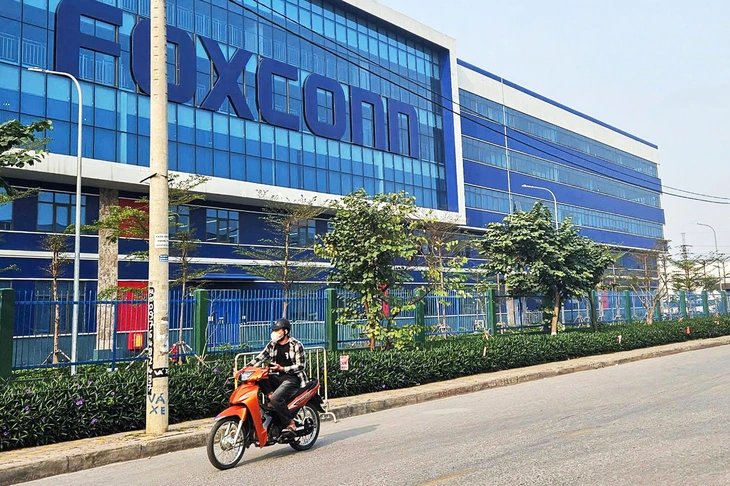
Factory of Foxconn Group (Hong Hai) - Apple's global partner - in an industrial park in Bac Ninh province - Photo: HA QUAN
In the first half of 2025, foreign direct investment (FDI) inflows into Vietnam reached more than 21.5 billion USD, also the highest level since 2009, while realized capital increased by more than 8% to more than 11.7 billion USD.
Vietnam - a reliable partner
On the afternoon of July 2, Prime Minister Pham Minh Chinh had a meeting with the leaders of Makara Capital Group - one of the largest fund management and investment groups in Singapore.
At the meeting, Makara Capital expressed interest in investing in areas such as pharmaceuticals - biotechnology, energy, infrastructure and finance, as well as the desire to participate in restructuring Vietnamese banks, participating in building an international financial center... with the ability to mobilize about 5-7 billion USD.
Previously, during his visit to Malaysia, Prime Minister Pham Minh Chinh also had a working session with leaders of Gamuda Land Group.
This group has just proposed adjusting the policy and adding more than 1.1 billion USD to the Yen So park project.
This investment has helped Hanoi lead the country in attracting FDI in the first half of this year.
Mr. Dato' Chow Chee Wah, chairman of Gamuda Land, said that in addition to the current total investment capital exceeding 5 billion USD, the group also wants to pour billions of USD into infrastructure and green urban projects, and has proposed to study metro lines connecting Ho Chi Minh City with Long Thanh airport and other urban railway lines.
Speaking to Tuoi Tre, Mr. Kunihiko Hirabayashi, Secretary General of the ASEAN-Japan Center (AJC), said that Vietnam today has emerged as a core platform of the ASEAN supply chain network as it is proactively strengthening the global value chain instead of simply being a link.
He believes that Vietnam will continue to strengthen its leadership role, from pioneering green supply chains to promoting inclusive innovation and working with other countries to create sustainable growth for the region.
According to him, Vietnam has a series of important advantages to become a strategic destination for investment in the region. First of all, it has a solid foundation with a young workforce, competitive costs and a prime geographical location right in the heart of ASEAN.
These factors attract investment and turn Vietnam into an ideal manufacturing and logistics center; effectively promote participation in free trade agreements (FTAs).
Second is the established reputation. Mr. Kunihiko Hirabayashi said that Japan currently has more than 5,500 investment projects in Vietnam, with more than half of the surveyed enterprises saying they have plans to expand their operations (the highest rate in ASEAN).
This confidence stems from the stable policy environment and the complementarity between Vietnamese and Japanese industries.
“Vietnam’s industries often fill gaps rather than compete directly, thereby creating mutually beneficial partnerships to enhance trade connectivity across ASEAN,” said Kunihiko Hirabayashi.
Strategic gateway
FDI capital flows are forecast to continue pouring into Vietnam because investors not only target the market of 100 million people, but also see Vietnam as a strategic gateway to access Southeast Asia and meet growing consumer demand in Asia.
According to the mid-year 2025 survey recently announced by AmCham Vietnam in Ho Chi Minh City, about 18% of businesses participating in the survey said that their business performance in the first half of the year exceeded expectations, mainly in the logistics sector, some large-scale manufacturing and F&B segments.
About 37% of businesses rate the business environment in Vietnam as "relatively positive".
Overall, the US business community believes that the picture in the first half of this year reflects a highly adaptable business environment that is in a period of adjustment and transition.
Despite remaining cautious in the face of challenges, businesses are still actively investing, recruiting, and innovating.
In terms of total investment capital, Singapore continues to lead FDI flows into Vietnam, followed by South Korea, China and Japan.
Mr. Seck Yee Chung - Vice President of the Singapore Business Association in Vietnam (SingCham) - said that the general sentiment of Singaporean businesses is currently "optimistic and capable of continuous recovery".
Some of the sectors attracting attention include technology, digital transformation, manufacturing and logistics, due to their role in the economy and great growth potential. In addition, healthcare is also emerging due to the increasing demand for investment and medical services in Vietnam and the Southeast Asian region.
Despite tariff fluctuations forcing a recalculation of the supply chain, Vietnam is still considered an important "doorway" for foreign businesses to penetrate the market of more than 4.8 billion Asian people.
Need to improve domestic production capacity
The World Bank forecasts that Vietnam will be the biggest beneficiary of the Regional Comprehensive Economic Partnership (RCEP), with the potential to increase exports by about 11% and national income by nearly 5% if it fully takes advantage of the benefits from the agreement.
However, to take advantage of opportunities from FTAs, Mr. Kunihiko Hirabayashi, Secretary General of AJC, said that Vietnam needs to improve domestic production standards and capacity, especially helping small and medium enterprises meet requirements on quality and origin.
Simplifying customs procedures and rules of origin will be key to helping small and medium-sized enterprises participate effectively in regional supply chains.
Source: https://tuoitre.vn/dau-tu-vao-viet-nam-vuon-ra-thi-truong-chau-a-gan-5-ti-dan-20250705083935898.htm








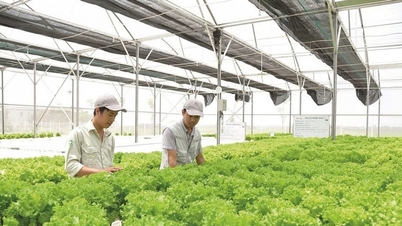

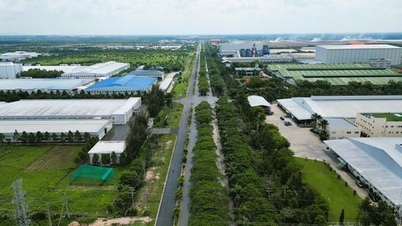

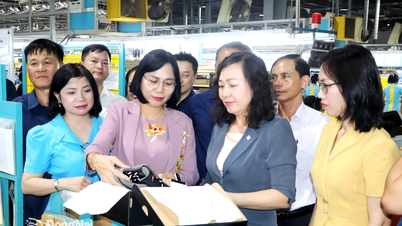



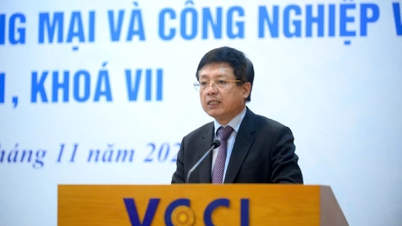

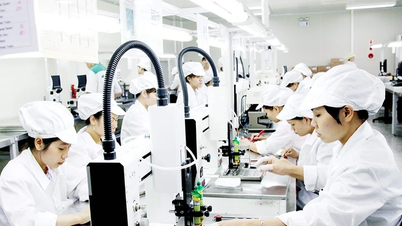

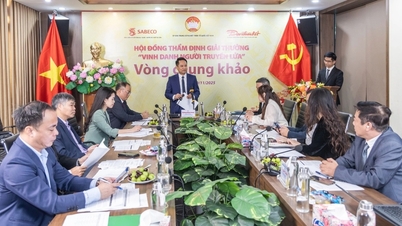





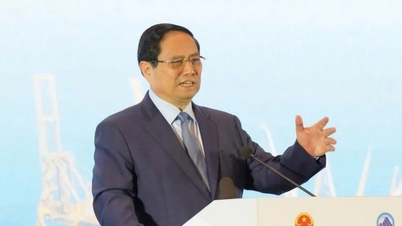










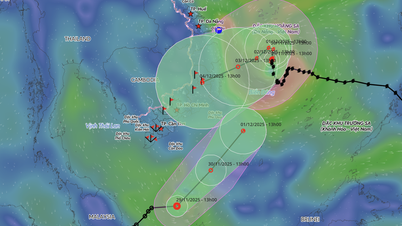
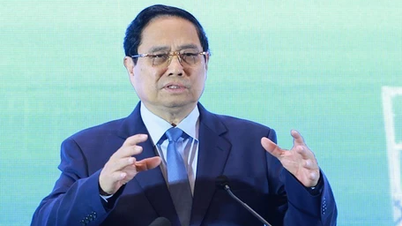




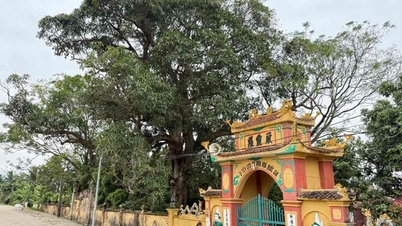

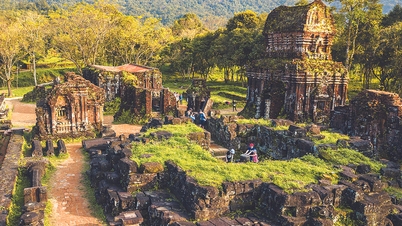


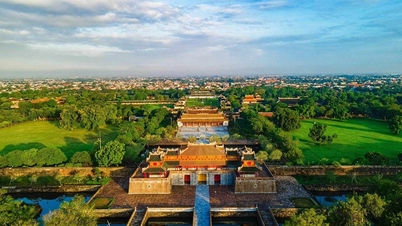

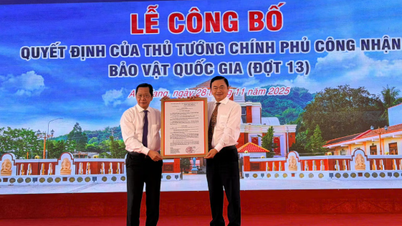

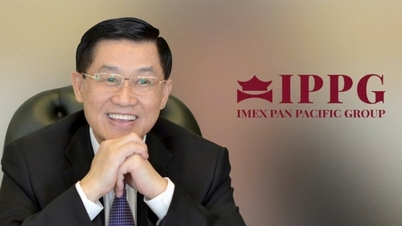
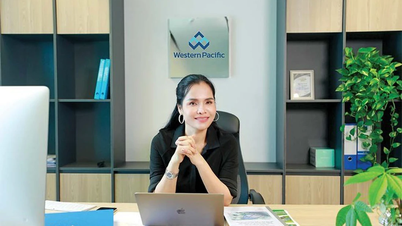

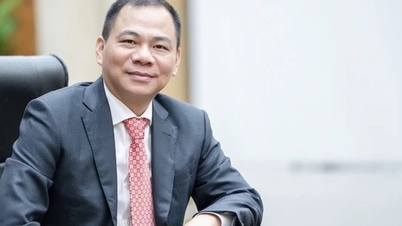


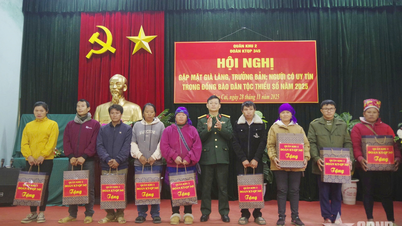

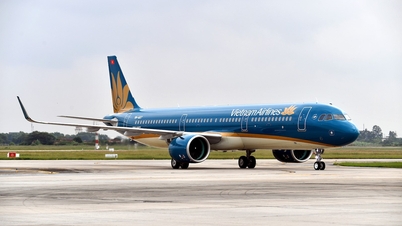

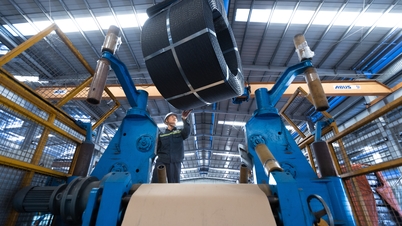

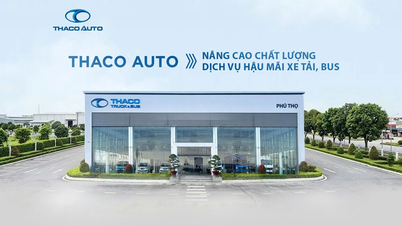

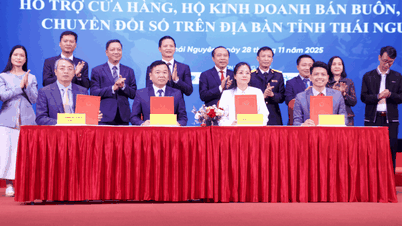


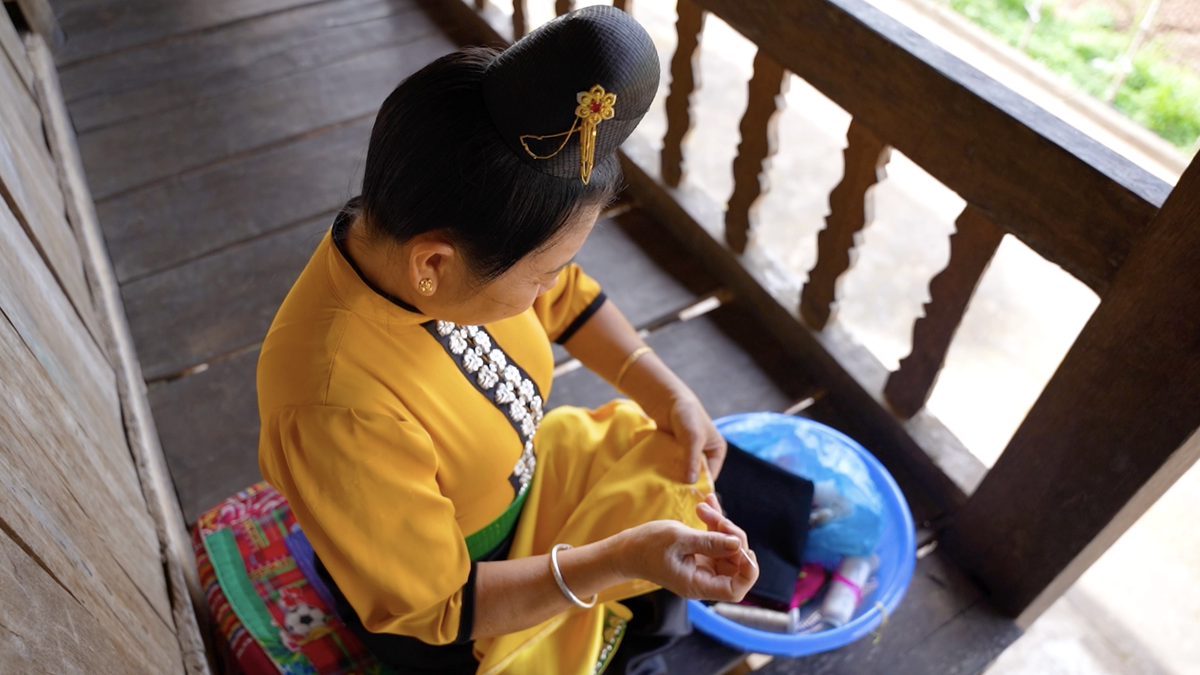





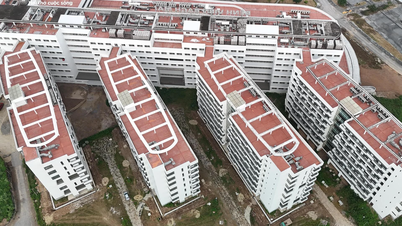


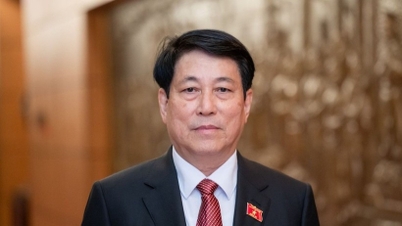



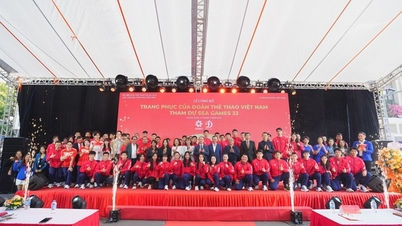
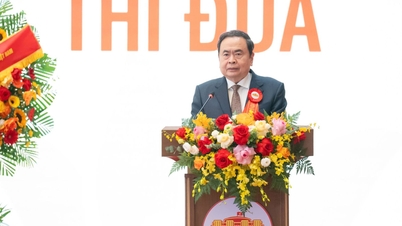


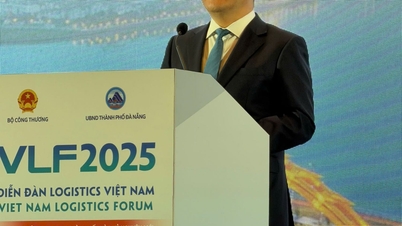
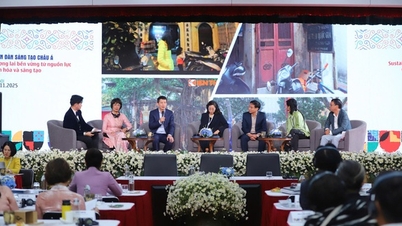
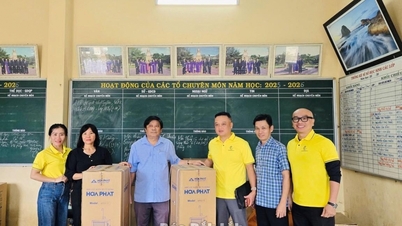

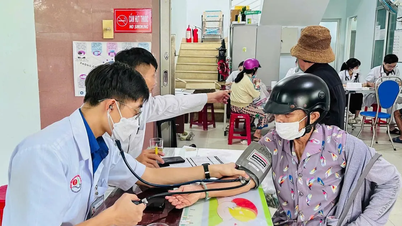


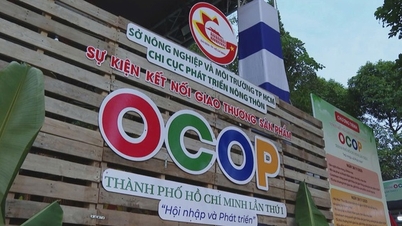
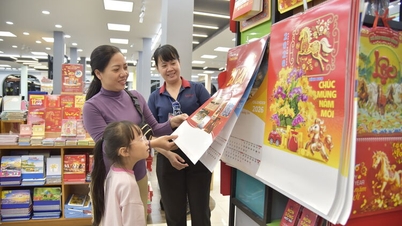









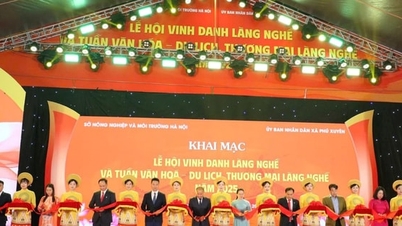





Comment (0)